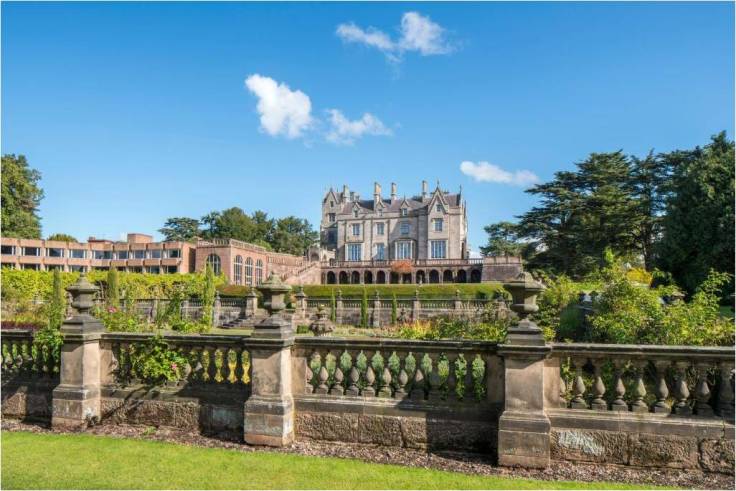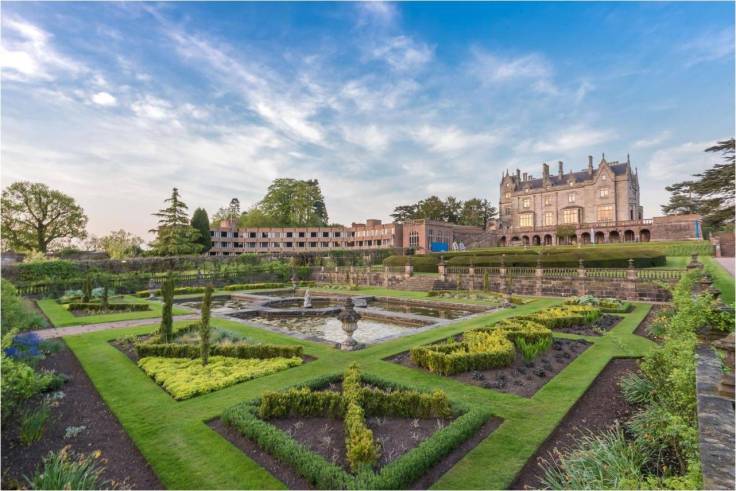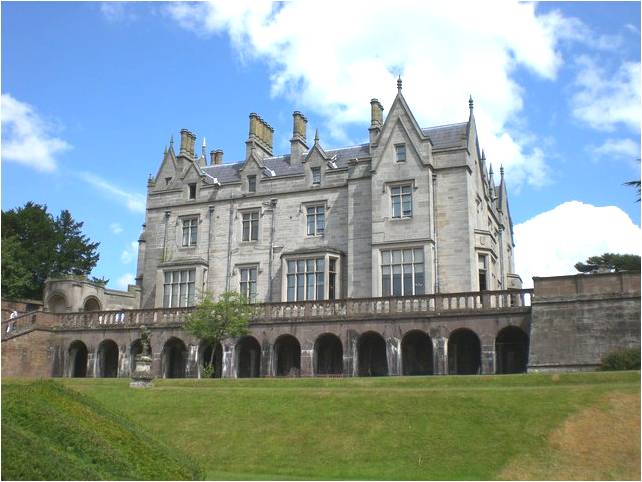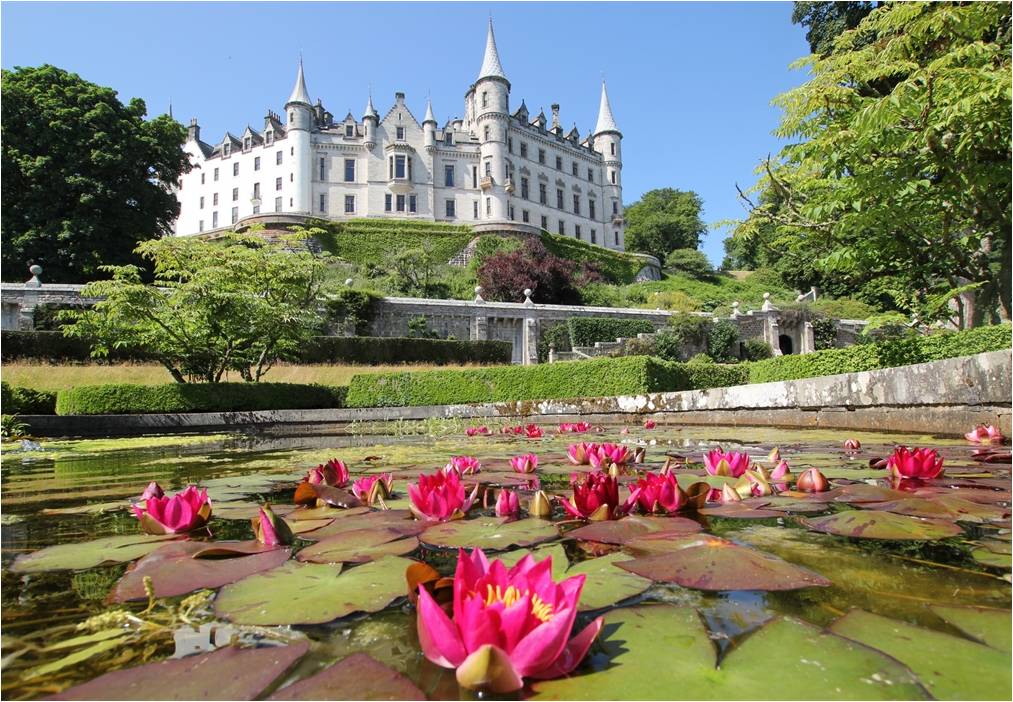Mum’s first adventure after the alterations to her partner’s house were completed was a long weekend at the National Sports Centre at Lilleshall, near Newport in Shropshire.
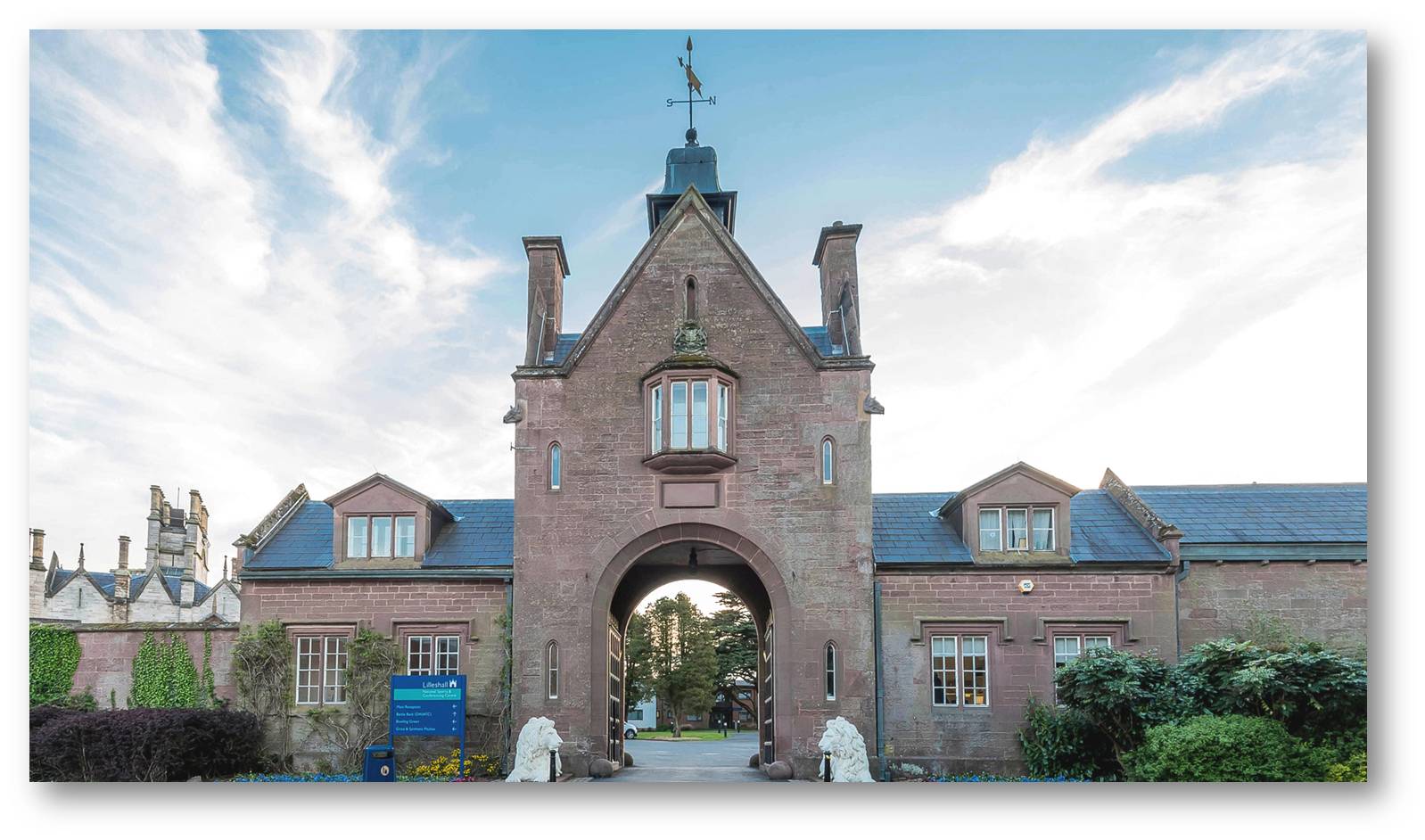
Now don’t worry – she wasn’t about to change the habits of a lifetime and take up sport. Instead she and her partner were going to that year’s National Association of Mining History Organisations conference which had been organised by the Shropshire Caving and Mining Club and the National Sports Centre was the chosen venue.

And in most ways it was ideal. There was accommodation on site and plenty of car-parking space. All meals were also provided, but Mum and her partner nearly came to grief on the first morning. Having read that the breakfast was available between 08.00 and 08.30, they decided to go to the dining-room at 08.25 to avoid the crush – only to find that not only had the crush been and gone, but so too had the breakfast. There wasn’t so much as a piece of cold toast or a pot of stewed tea left!

Luckily Mum had thought to take a packet of biscuits in case they needed them with a cup of tea for supper and so they didn’t starve – but it seemed an awful long wait for the mid-morning coffee break.

All went well after that, however. As always at these events, it was good to catch up with friends and acquaintances from all over the UK and sometimes from even further afield. It was also good to listen to talks on what was going on around the country in the way of research into the history of old mining sites and also their recording and preservation.

Unfortunately their access to the National Sports Centre was limited to the conference facilities and so they never saw the plaque which had been unveiled by the then England football team manager, Sir Alf Ramsey, in 1967 to commemorate the fact that the England team players had trained at Lilleshall for two weeks before their victory in the World Cup tournament the previous year.

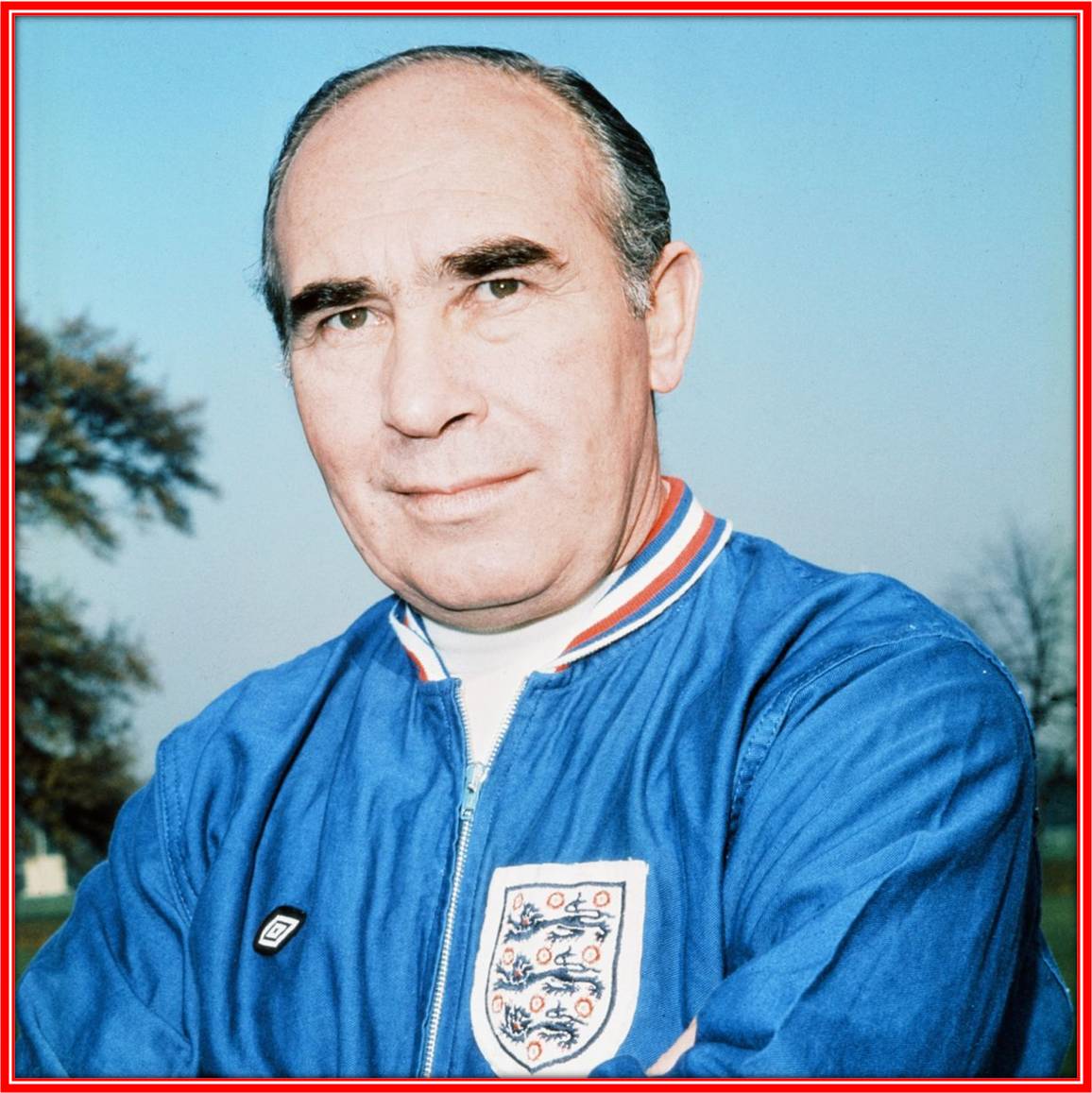
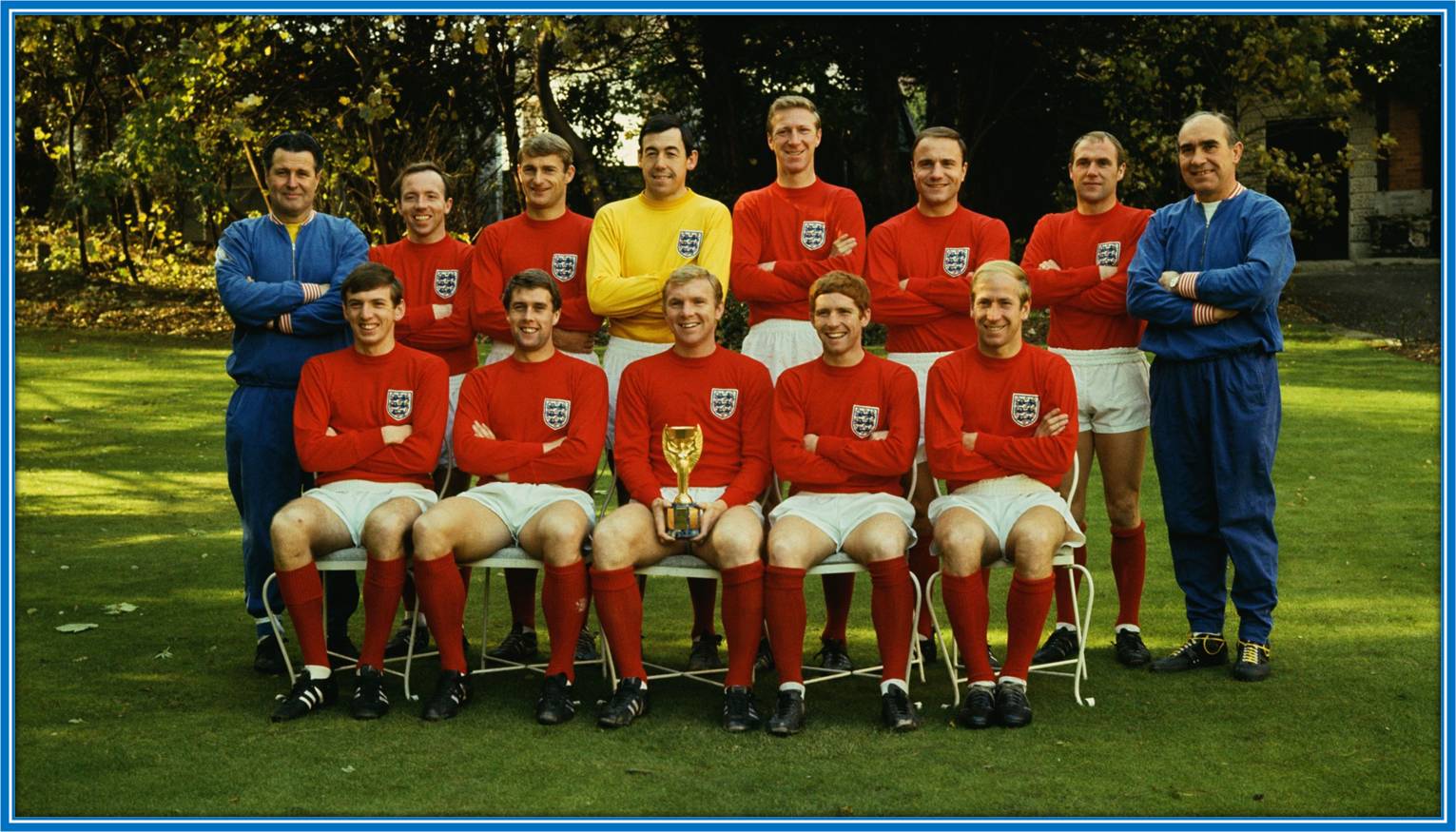

They did notice that the Sports Injuries Centre which was on the same site was up at least two flights of stairs and didn’t seem to have a lift…

And Mum saw a monument on nearby hill which had been put there in memory of the first owner of the property, the 1st Duke of Sutherland.
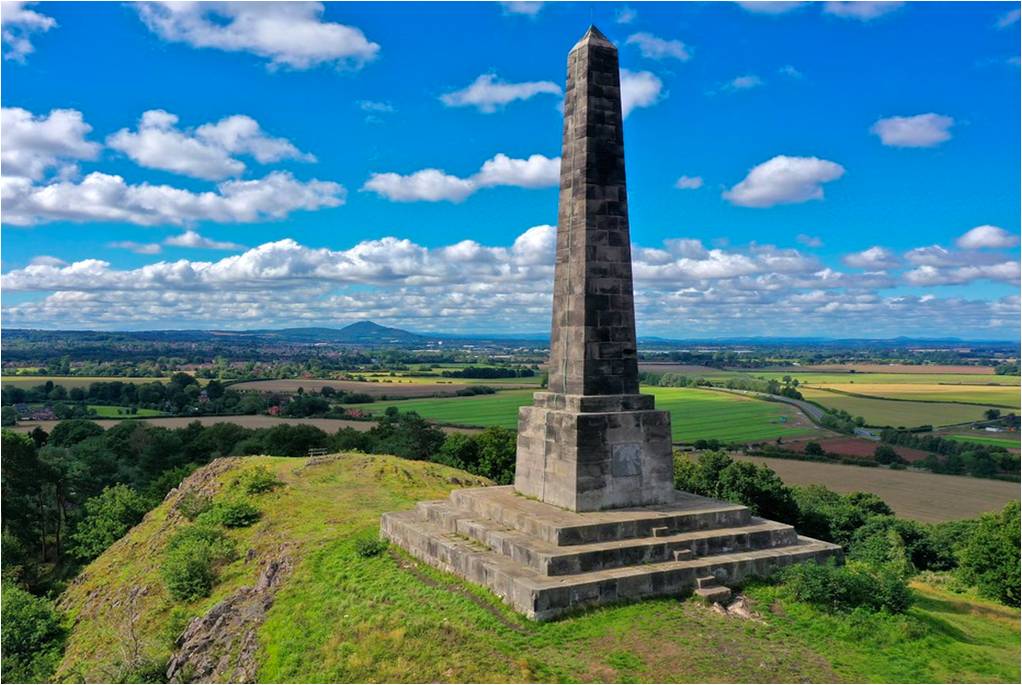
At the time Mum thought little of it – she was too busy enjoying the conference – but when she started to help me write this post I asked her to try and find out a bit more about it, and about the house and about the person who’d had it built in the first place.

As many of you know, Mum is a chartered librarian and so this sort of research is something she’s both good at and enjoys. (She’s also nosey, but don’t tell her I said so or she might lock me in the drawer again!)

She started with the house, the building of which began in 1831. It was planned as a home and hunting lodge for the 1st Duke of Sutherland, but, as he died in 1833, much of the interior design and the outdoor landscaping was the responsibility of his son – and especially his daughter-in-law, Harriet.
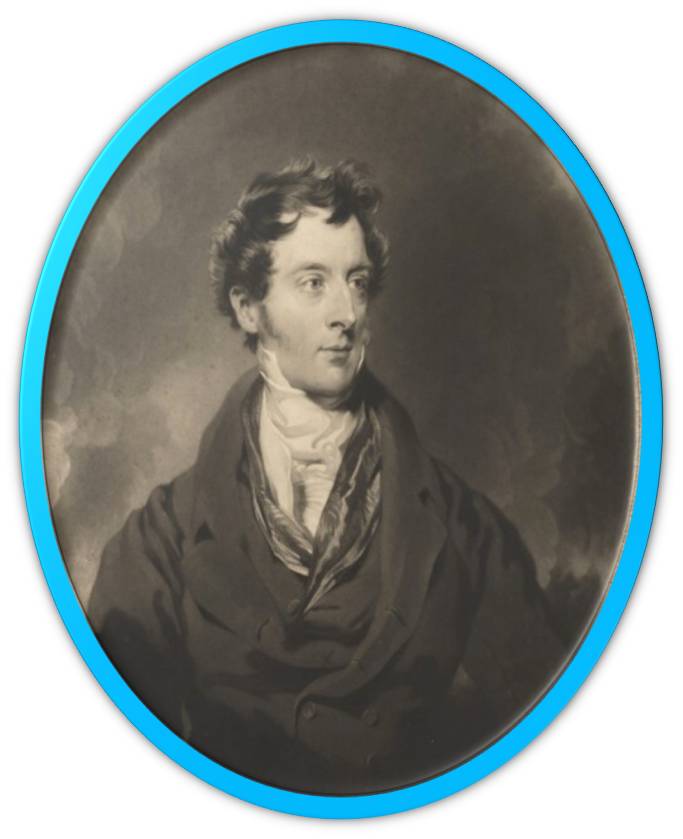


She had a keen interest in architecture and gardening and had always taken a notebook with her when visiting friends. She’d made notes on features she liked in their houses and gardens and then adapted her favourites for use at Lilleshall, where today the grounds and gardens are open to the public.
Then Mum told me more about the 1st Duke of Sutherland, who was a politician and diplomat, as well as being a very wealthy landowner.
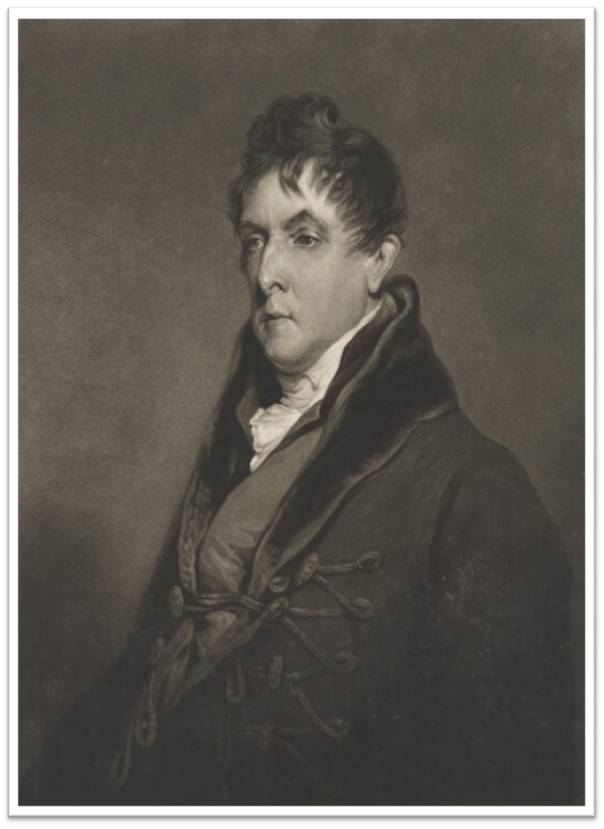
Born George Leveson-Gower in 1758, he was the son of Granville Leveson-Gower, 1st Marquess of Stafford, and his wife, Lady Louisa, who was the daughter of the 1st Duke of Bridgwater, whose estates the 1st Duke of Sutherland would eventually inherit along with those of his father.

This inheritance would give him land in Staffordshire, Shropshire and Yorkshire and helped to make him a very wealthy man. But his marriage to Elizabeth, 19th Countess of Sutherland, in 1785 would make him wealthier still as he took on all her estates centred on her ancestral home of Dunrobin Castle in the far north of Scotland.
If the 70 ft/21 m memorial on Lilleshall Hill is anything to go by, then his tenants in the English Midlands thought well of him as they paid for its erection.
It was a different story in Scotland, however, where the duke and his wife are controversial figures to this day. This is because, although they did some good work in building roads and bridges where none had existed before, they also played a part in the Highland Clearances between 1811 and 1820, forcing many of their tenants off their land and burning their houses down so that they couldn’t go back.
The tiny farms were then replaced by vast areas of sheep grazing which brought in much more rent money for the duke’s estate.



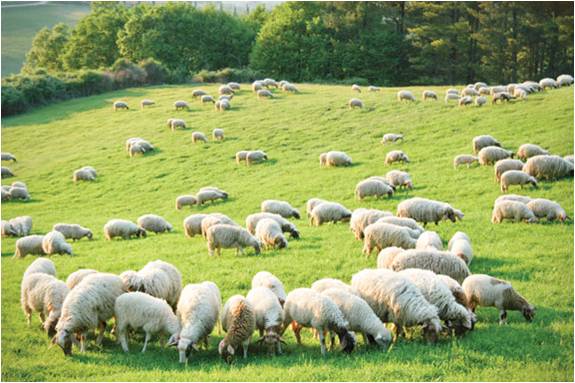
Then Mum recited me the following nursery rhyme which dates back to around 1764 when common land was being enclosed in England and, as a result, many families lost their homes and their livelihoods in a similar way to many of the 1st Duke of Sutherland’s tenants.

It made me feel both angry and sad to think that people could behave like that – and also to think that they still do so in different ways in many parts of the world. But Mum says I’ve not to get political and so I’ll leave it at that…
Take care, stay safe – and look out for some more tales from me soon!
Follow my next blog: 208. A QUICK EXPLANATION
30/06/2022

